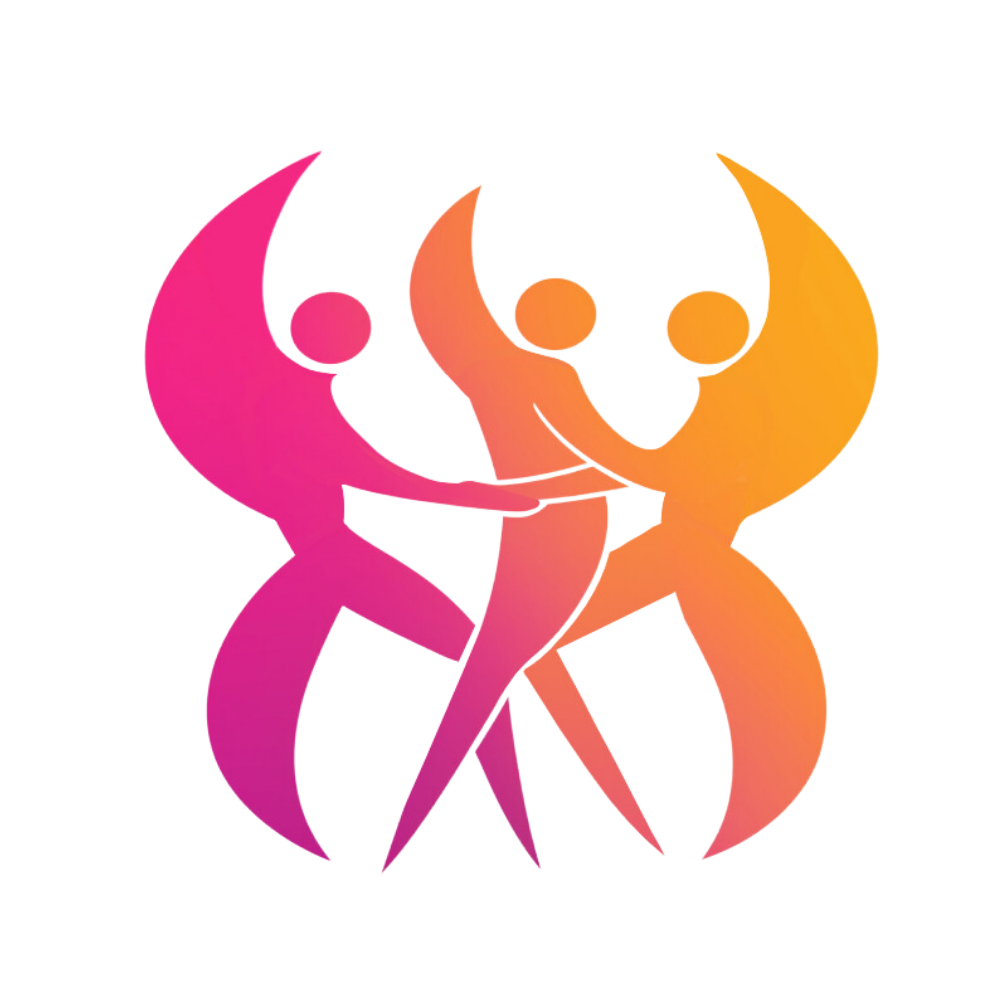Words That Leave a Mark: Gender, Power, and Language in DanceSport
- giuliasettomini3
- Jul 4
- 3 min read
Updated: Jul 8
As a dance teacher who works with children, I always try to be aware of how my words might affect them — not just as dancers, but as human beings. Just like how a sculptor shapes clay, the words we hear from others (and ourselves) shape how we see ourselves. They can also influence our capacity for empathy and how well we listen to others.
Words can be tricky. They can lift people up — or knock them down. Now that I’m an adult, I like to think I can choose which words to take in and which to let slide. But as a child? I didn’t have that filter. I remember exactly what I heard while training to be a dancer. I can laugh about it now, but it took years of therapy to get here.

Most dance teachers don’t have bad intentions. They want their students to succeed — to stand out, to win, to learn discipline. But most haven’t had any training in pedagogy or child psychology. And the DanceSport system? It’s built on competition. It’s capitalist, ruthless. The strongest win, some fall behind, and many simply drop out, convinced they weren’t “cut out for it.” Teachers do what they can to prepare kids for that world, teaching them how to win through technique, stamina, hours of practice… and a very rigid gender performance.
But do we really think that telling little girls every day that “the boy decides, because he’s the leader” won’t affect them in the long-term? Or that boys constantly hearing that they have to look bigger and tough are somehow unaffected? I know — it sounds absurd (to outsiders; for DanceSport people this is business as usual). But it happens all the time.
Here are just a couple of moments I’ve witnessed recently. I took two 11-year-olds — let’s call them Mark and Janet — to a guest teacher in another school. It’s usually motivating for kids to hear from someone new. Mark is creative but gets easily distracted; Janet is sharp and focused. At the start of the lesson, the teacher asked what they wanted to work on. Mark said, “Janet, you pick, I don’t mind.” The teacher cut in: “No Mark, you’re the boy — YOU HAVE TO DECIDE!” But... does he? That moment had nothing to do with leading or choreography. What will a statement like that plant in their minds? Is it teaching them respect? Equality? I don’t think so.
I was right there, watching — and I froze. I didn’t say anything. I didn’t want to undermine the older teacher in front of the kids. But afterward, I promised myself: next time, I’ll speak up. Silence helps no one. I spoke to Mark and Janet later, told them that it doesn’t have to be like that. That what they heard was just one way of thinking. Still, I can’t un-say what they heard from that teacher.
Another example: a younger couple, around 8. The girl, we will use the name Mary, is bubbly and full of energy; the boy, let’s call him Paul, is quiet and shy. She runs, jumps, waves her arms — it’s lovely! But that didn’t sit well with the “gender police.” She was told: “Mary, either learn to behave properly, or we’ll find another girl for Paul. There are girls queueing outside, you know!”
“Properly” here meant: like a princess. Quiet, obedient, delicate. Passive. Watching that scene, my eyes filled with tears. It hit home. In dance, there are hundreds of girls. But boys? Much fewer. When a boy shows up, it doesn’t matter if he’s disciplined or talented — he’ll get free lessons, lead roles, even rides to and from the studio. The result? A massive boost in confidence. Sometimes, entitlement.
So what can we do?
It starts with our words. Teachers don’t need to reinforce gender hierarchies to teach DanceSport. As it appears from Mark and Janet’s story, children and young people are naturally open minded and equal, and that’s exactly the type of behaviour that we should promote. Yes, mainstream competitions assign men the lead — but that doesn’t mean men must decide everything at all times. We can reframe how we explain things: instead of “he commands,” we can say “he initiates this action.” And we can — and must — strengthen girls’ voices.
Let’s change things together – small shifts in language done by many will make a huge impact!
🔸 Stay tuned for more stories in the “ABSURD THINGS WE HEARD IN DANCESPORT” series.
🟣 Queering DanceSport offers workshops for teachers and dancers on inclusive, non-violent language in the studio. Contact us for a free consultation — and be part of the change.


Comments